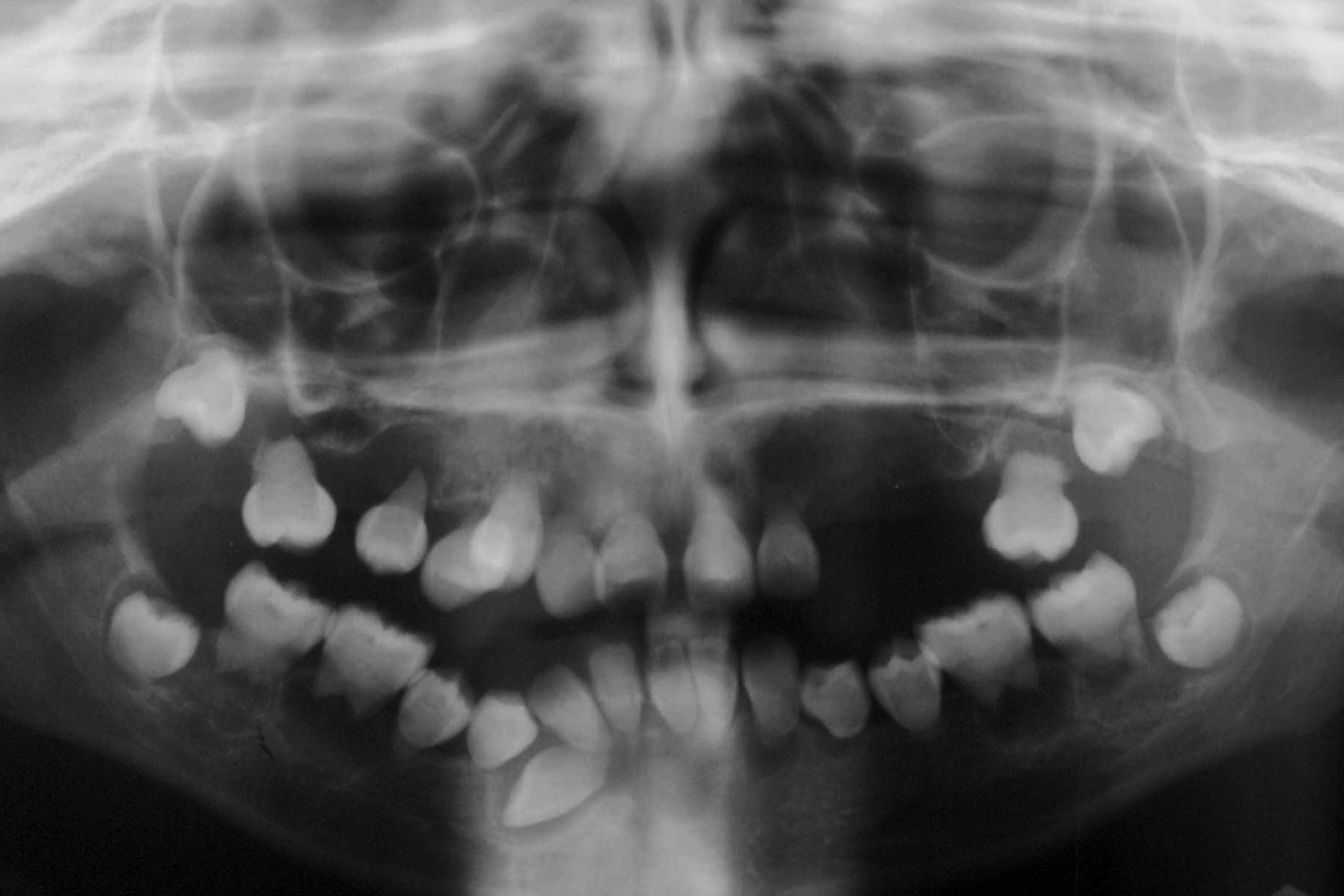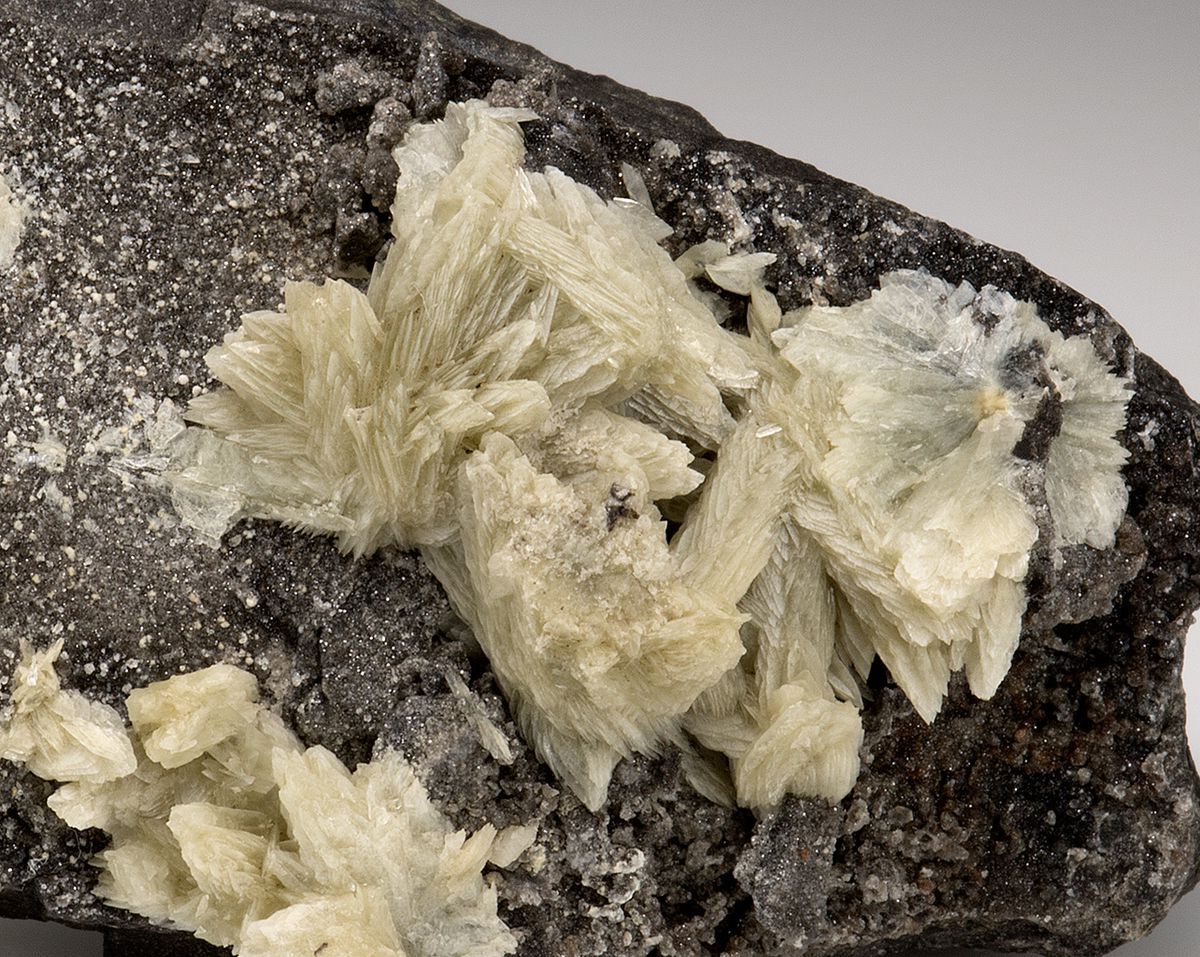
Dentin Dysplasia is a rare genetic disorder affecting the teeth. What causes Dentin Dysplasia? The primary cause is mutations in the DSPP gene, which is crucial for normal tooth development. This condition leads to abnormal dentin formation, resulting in teeth that are discolored, misshapen, and prone to breaking. How is Dentin Dysplasia diagnosed? Dentists typically identify it through X-rays, revealing characteristic root malformations and pulp chamber anomalies. Can Dentin Dysplasia be treated? While there's no cure, treatments focus on managing symptoms and preserving tooth function. Regular dental check-ups, good oral hygiene, and protective dental procedures are essential. Understanding this condition helps in early detection and better management.
Key Takeaways:
- Dentin Dysplasia is a rare genetic disorder affecting tooth development, leading to issues like abnormal color and shape. Regular dental check-ups and good oral hygiene are crucial for managing this condition.
- Understanding the genetic causes of Dentin Dysplasia can help individuals and families make informed decisions about treatment and care. Research is ongoing to improve treatments and support for those affected.
What is Dentin Dysplasia?
Dentin Dysplasia is a rare genetic disorder affecting the development of dentin, the hard tissue beneath tooth enamel. This condition can lead to various dental issues, including abnormal tooth color, shape, and structure. Here are some intriguing facts about Dentin Dysplasia.
-
Dentin Dysplasia is classified into two main types: Type I (radicular) and Type II (coronal).
-
Type I primarily affects the roots of teeth, causing them to be short, malformed, or even absent.
-
Type II mainly impacts the crowns of teeth, leading to abnormal dentin formation and discoloration.
Causes and Genetics
Understanding the causes and genetic factors behind Dentin Dysplasia can shed light on its development and inheritance patterns.
-
Dentin Dysplasia is an autosomal dominant disorder, meaning only one copy of the mutated gene is needed to cause the condition.
-
Mutations in the DSPP gene, which encodes dentin sialophosphoprotein, are responsible for both types of Dentin Dysplasia.
-
The DSPP gene plays a crucial role in the formation and mineralization of dentin.
-
A parent with Dentin Dysplasia has a 50% chance of passing the condition to their child.
Symptoms and Diagnosis
Recognizing the symptoms and understanding the diagnostic process is essential for early detection and management.
-
Teeth affected by Dentin Dysplasia often appear normal at birth but may develop issues as they erupt.
-
Common symptoms include tooth discoloration, such as a blue or amber hue.
-
Teeth may be prone to fractures and wear due to weakened dentin structure.
-
Dental X-rays can reveal characteristic features like short roots and pulp stones.
-
Pulp stones are calcified masses within the dental pulp, commonly seen in Dentin Dysplasia patients.
-
Dentists may use cone-beam computed tomography (CBCT) for a more detailed view of the tooth structure.
Treatment and Management
While there is no cure for Dentin Dysplasia, various treatments can help manage symptoms and improve dental health.
-
Regular dental check-ups are crucial for monitoring tooth health and catching issues early.
-
Dentists may recommend fluoride treatments to strengthen tooth enamel and reduce decay risk.
-
Dental bonding or crowns can help restore the appearance and function of affected teeth.
-
Root canal therapy might be necessary for teeth with severe pulp involvement.
-
In extreme cases, tooth extraction and replacement with dental implants or dentures may be required.
Impact on Daily Life
Living with Dentin Dysplasia can present unique challenges, but understanding its impact can help individuals manage the condition better.
-
Children with Dentin Dysplasia may experience delayed tooth eruption or early tooth loss.
-
Adults might face increased dental sensitivity and pain due to exposed dentin.
-
Maintaining good oral hygiene is vital to prevent secondary issues like cavities and gum disease.
-
A balanced diet low in sugary foods can help protect weakened teeth from decay.
-
Wearing a mouthguard during sports can prevent tooth fractures and injuries.
Research and Future Directions
Ongoing research aims to improve our understanding of Dentin Dysplasia and develop better treatments.
-
Scientists are exploring gene therapy as a potential future treatment for genetic dental disorders.
-
Advances in dental materials may lead to more effective and durable restorations for affected teeth.
-
Stem cell research holds promise for regenerating damaged dental tissues in the future.
-
Collaboration between geneticists and dentists is crucial for developing comprehensive care plans.
Support and Resources
Finding support and resources can make a significant difference for individuals and families affected by Dentin Dysplasia.
-
Genetic counseling can help families understand the inheritance patterns and risks associated with Dentin Dysplasia.
-
Support groups and online communities provide a platform for sharing experiences and advice.
-
Dental schools and research institutions often offer specialized care and treatment options.
-
Educational materials and resources can help raise awareness about Dentin Dysplasia among healthcare professionals.
-
Advocacy organizations work to promote research and improve access to care for rare genetic disorders.
Interesting Historical Facts
Dentin Dysplasia has a fascinating history, with early descriptions and discoveries shaping our current understanding.
-
The first detailed description of Dentin Dysplasia was published in the early 20th century.
-
Early researchers initially confused Dentin Dysplasia with other dental conditions due to similar symptoms.
-
Advances in genetic research in the late 20th century led to the identification of the DSPP gene mutation.
-
Historical case studies have provided valuable insights into the progression and variability of the condition.
Miscellaneous Facts
Here are some additional intriguing facts about Dentin Dysplasia that don't fit into the previous categories.
-
Dentin Dysplasia can affect both primary (baby) and permanent (adult) teeth.
-
The condition is rare, with an estimated prevalence of 1 in 100,000 individuals.
-
Dentin Dysplasia can occur in isolation or as part of a syndrome involving other tissues and organs.
-
Despite its challenges, many individuals with Dentin Dysplasia lead healthy, fulfilling lives with proper dental care.
Final Thoughts on Dentin Dysplasia
Dentin Dysplasia, though rare, significantly impacts dental health. Understanding its symptoms, causes, and treatments can help manage this condition better. Early diagnosis is crucial for effective treatment, preventing complications like tooth loss or infections. Regular dental check-ups and good oral hygiene play a vital role in managing Dentin Dysplasia. Genetic counseling might be beneficial for families with a history of this condition.
Remember, while Dentin Dysplasia can be challenging, advancements in dental care offer hope. Staying informed and proactive can make a big difference. If you or someone you know shows signs of Dentin Dysplasia, consult a dental professional promptly. Knowledge and timely action are your best tools in dealing with this condition. Stay vigilant, take care of your teeth, and don't hesitate to seek professional advice when needed.
Frequently Asked Questions
Was this page helpful?
Our commitment to delivering trustworthy and engaging content is at the heart of what we do. Each fact on our site is contributed by real users like you, bringing a wealth of diverse insights and information. To ensure the highest standards of accuracy and reliability, our dedicated editors meticulously review each submission. This process guarantees that the facts we share are not only fascinating but also credible. Trust in our commitment to quality and authenticity as you explore and learn with us.


